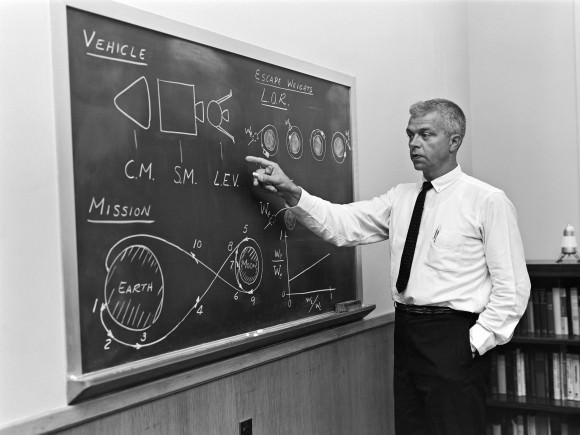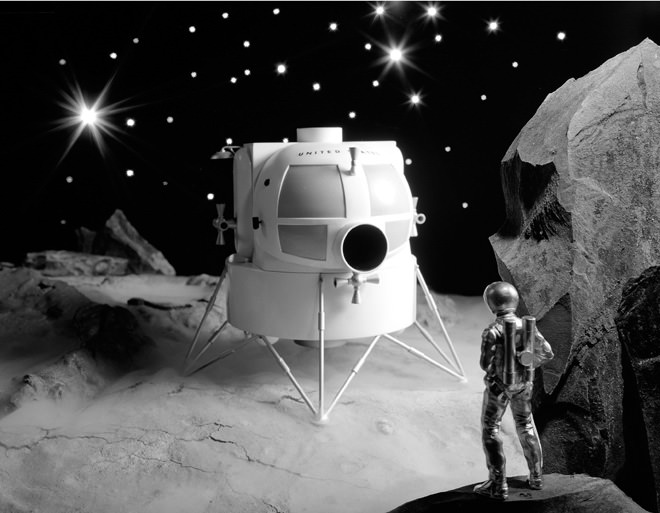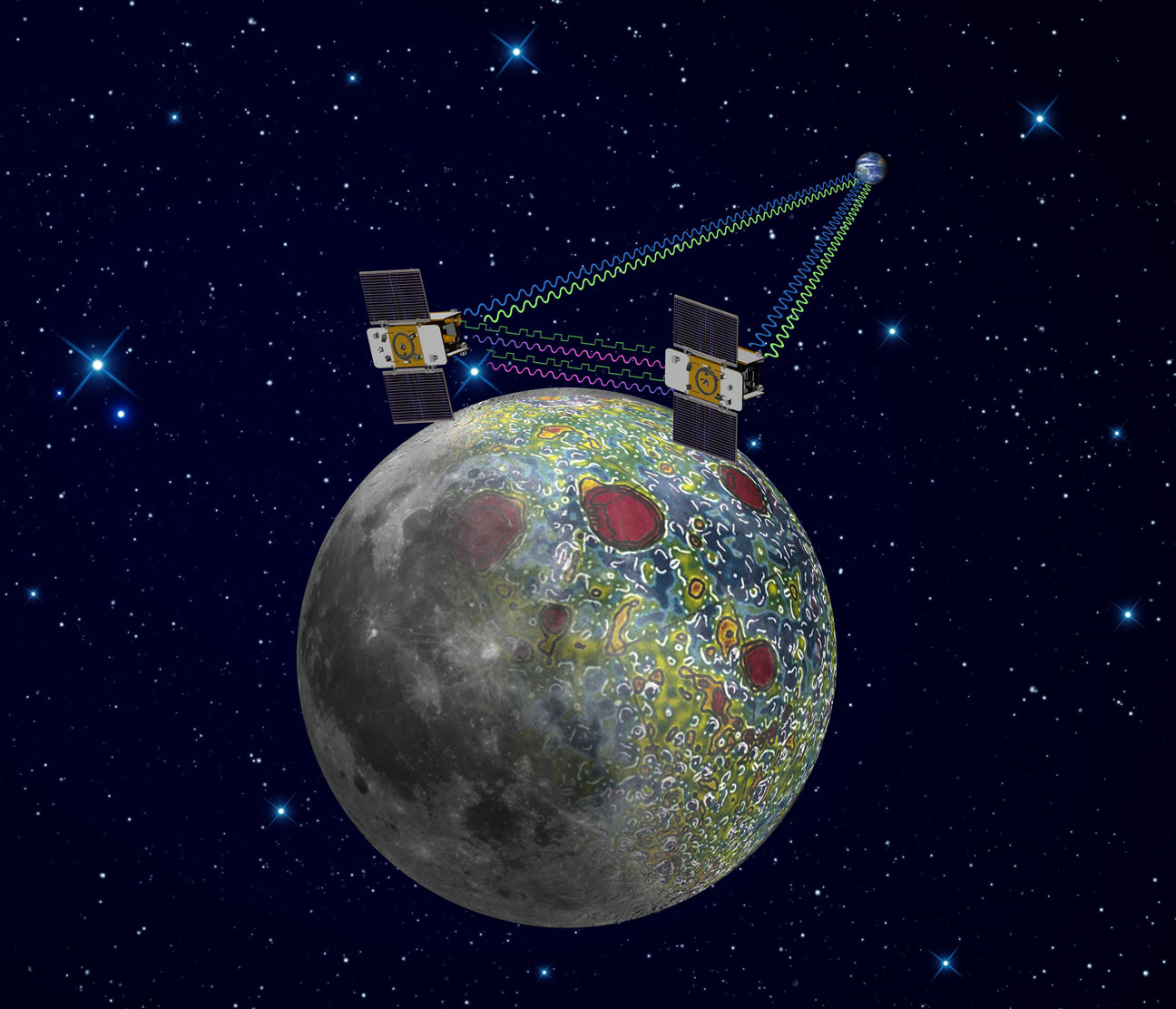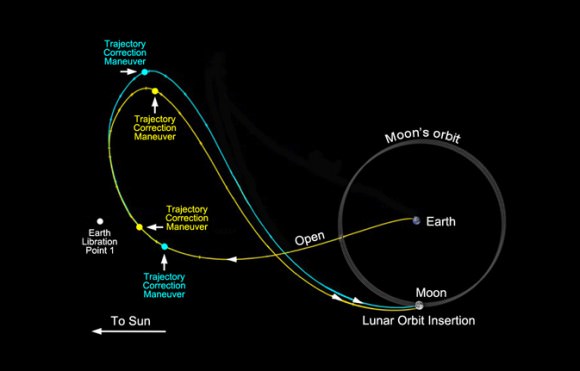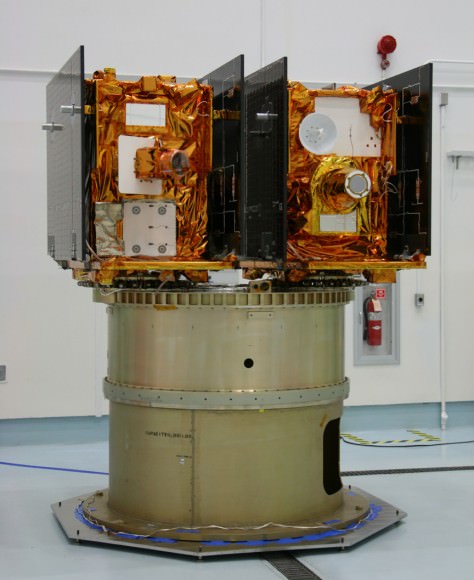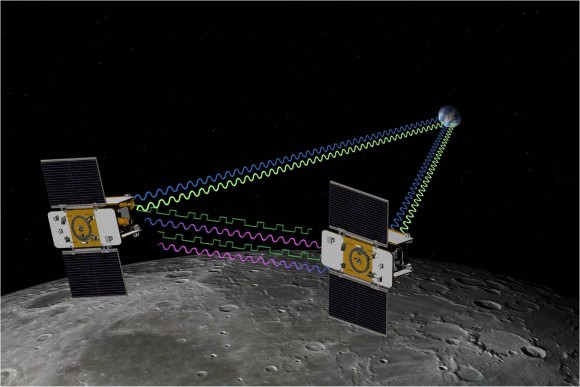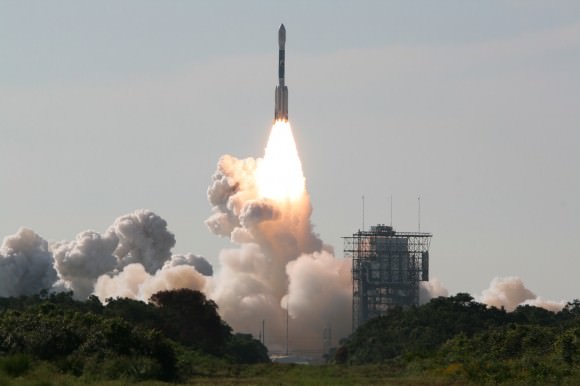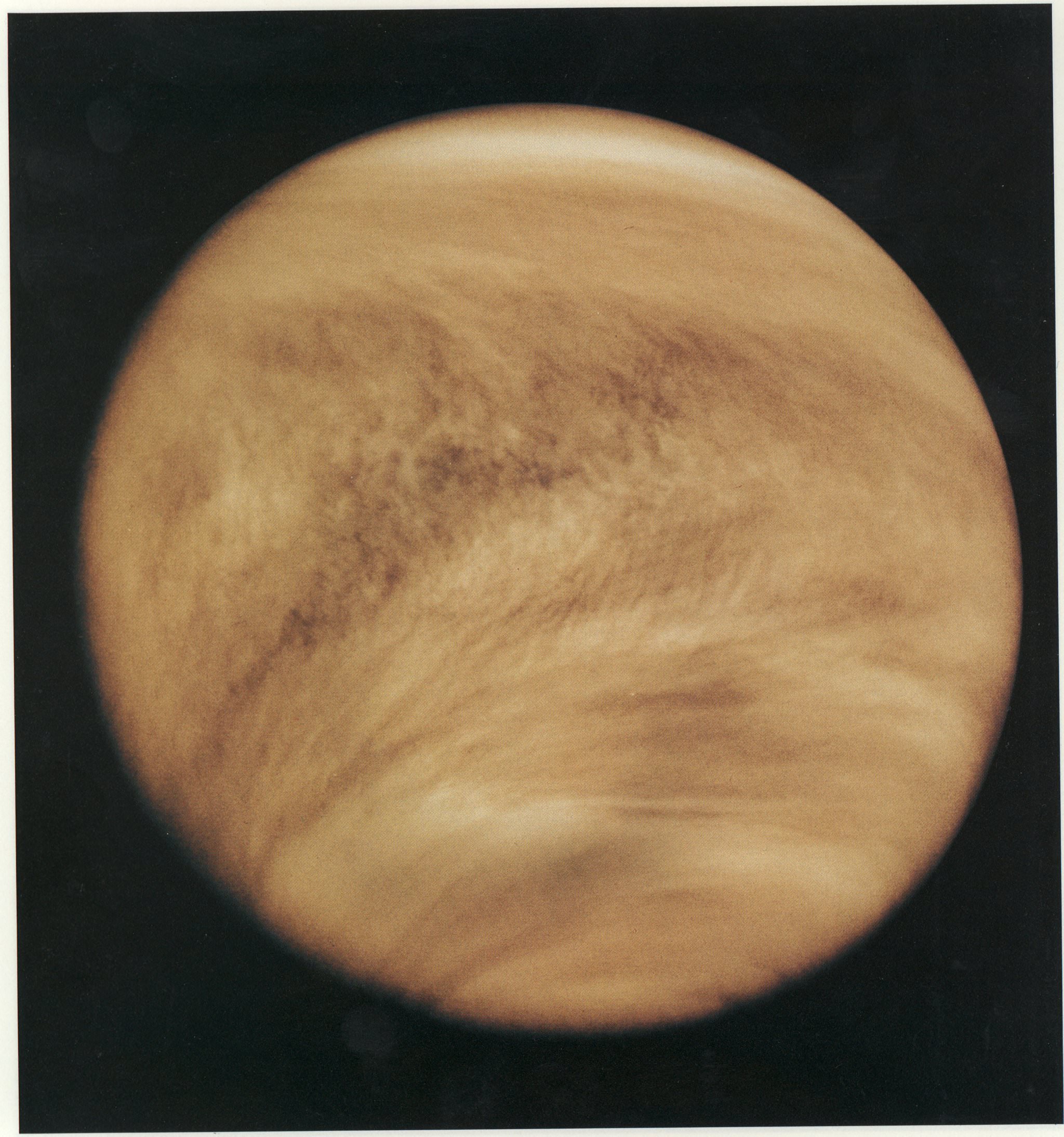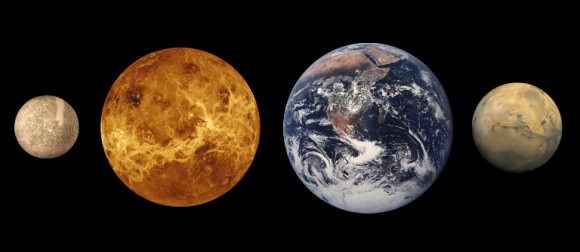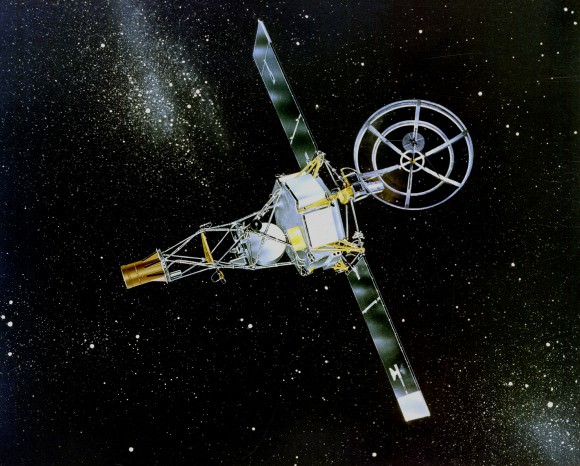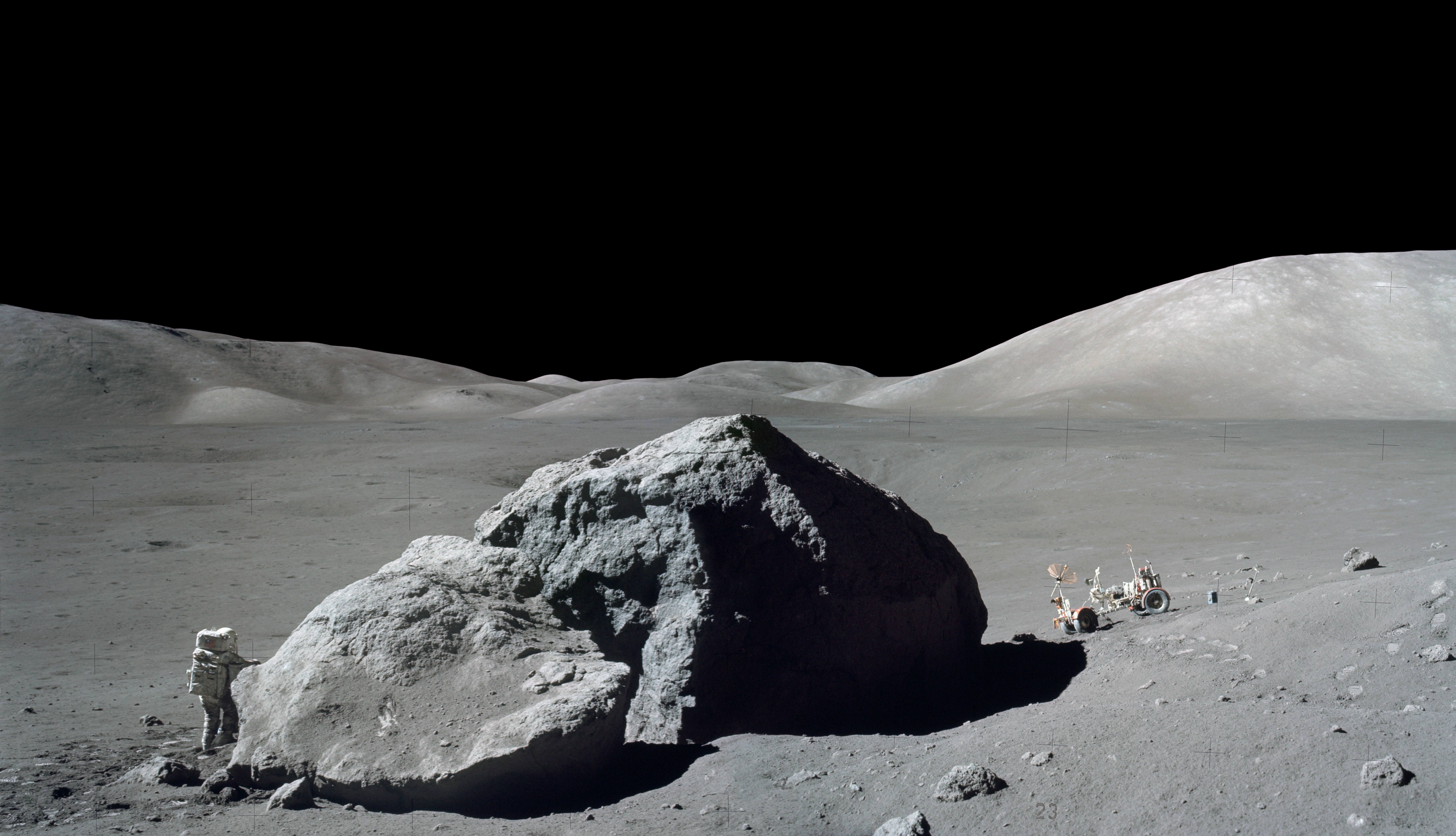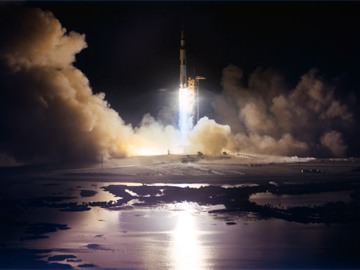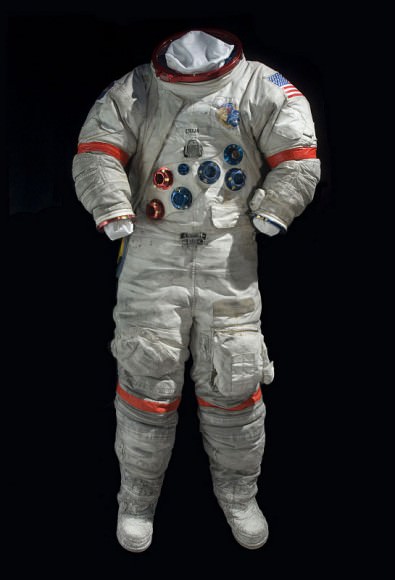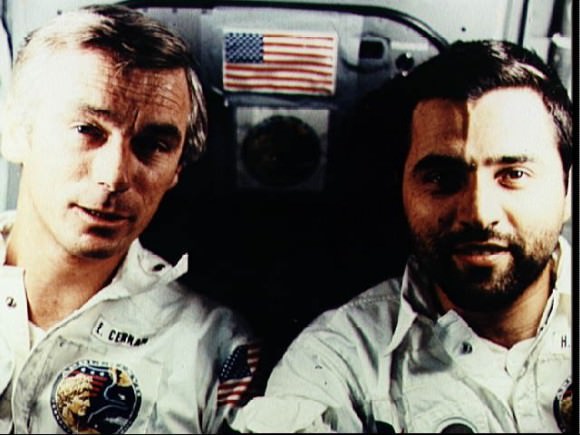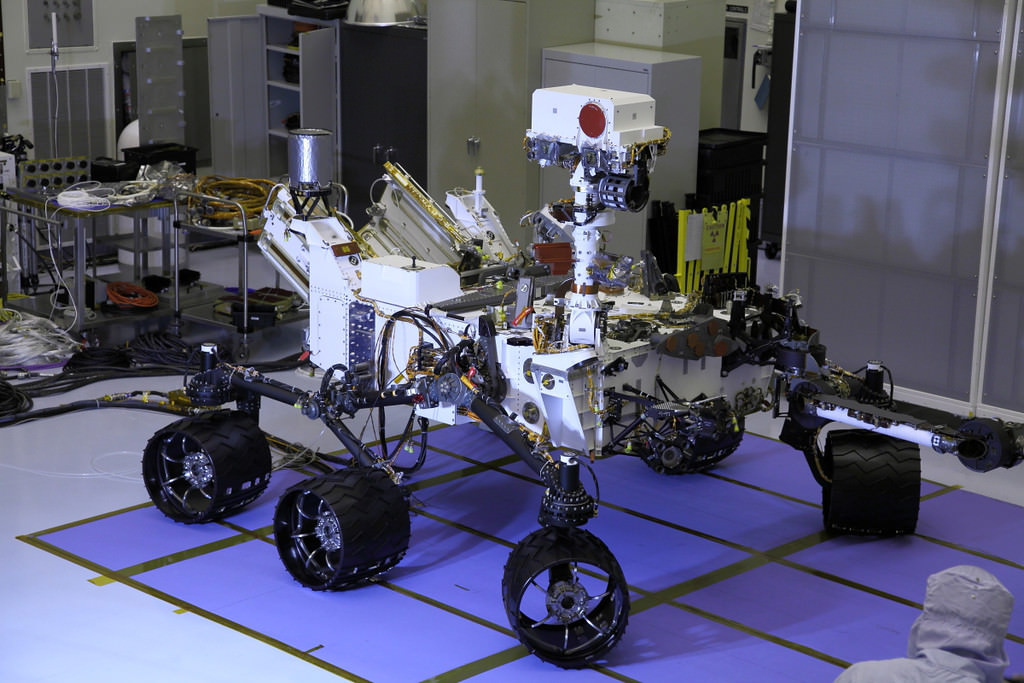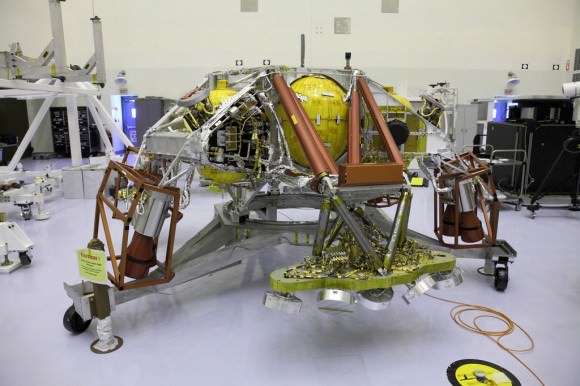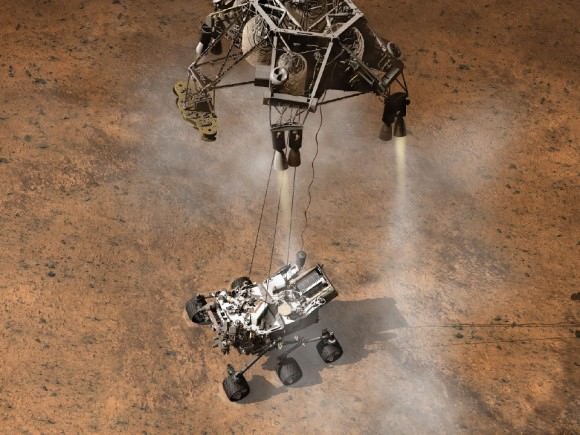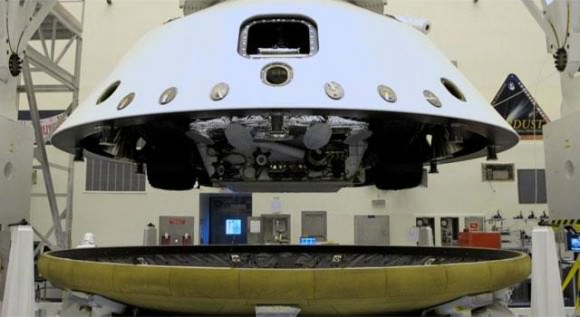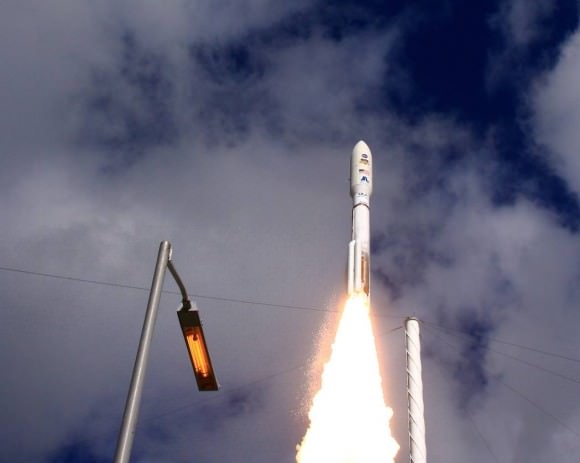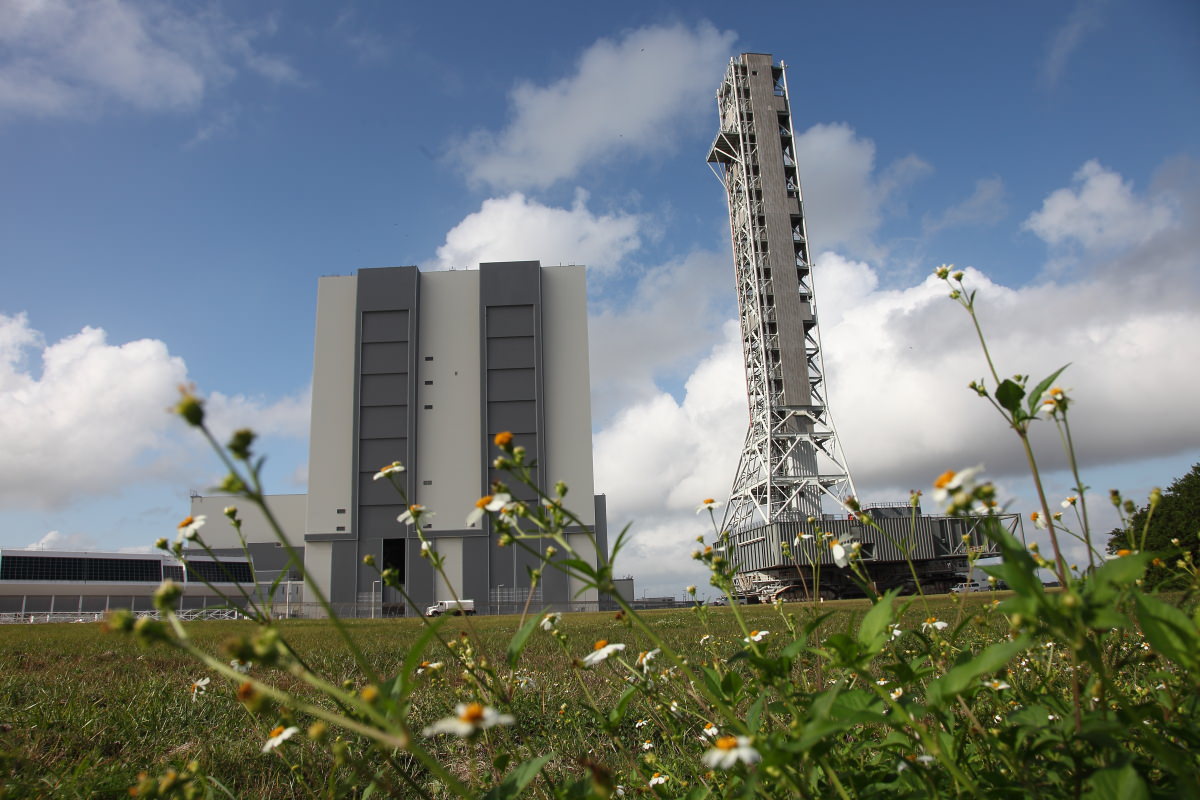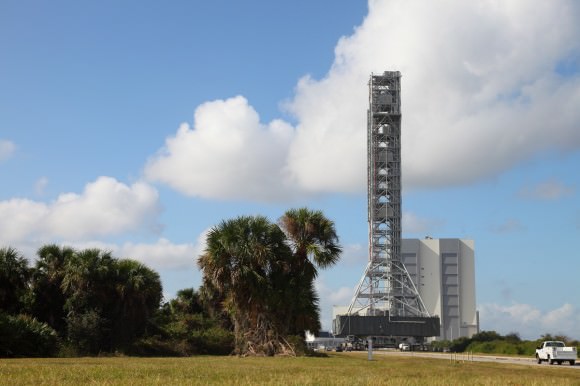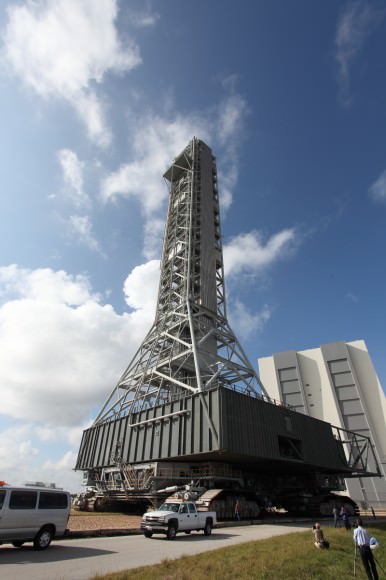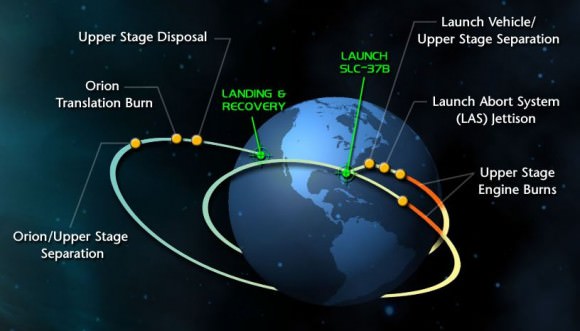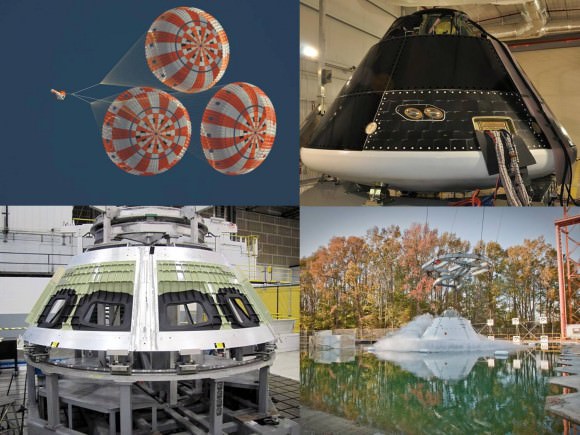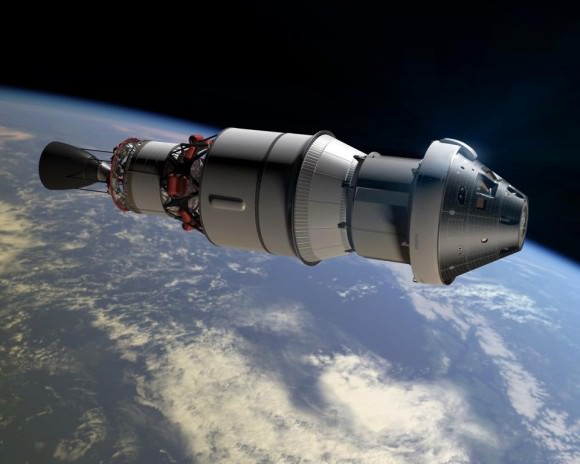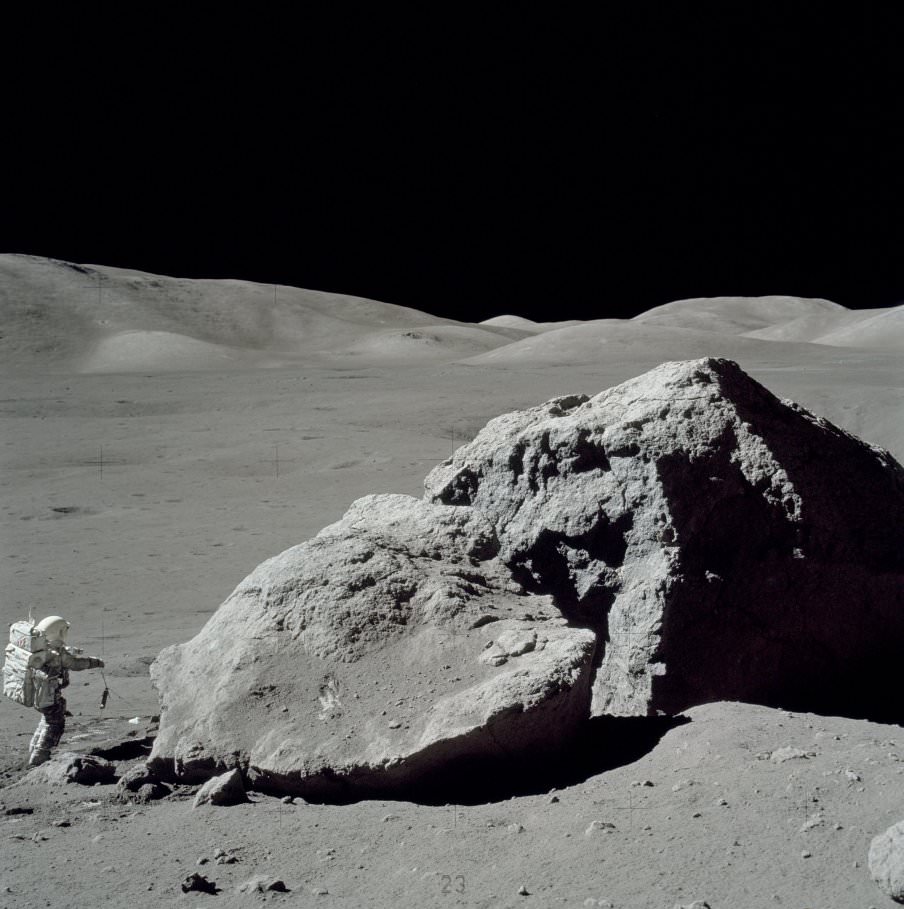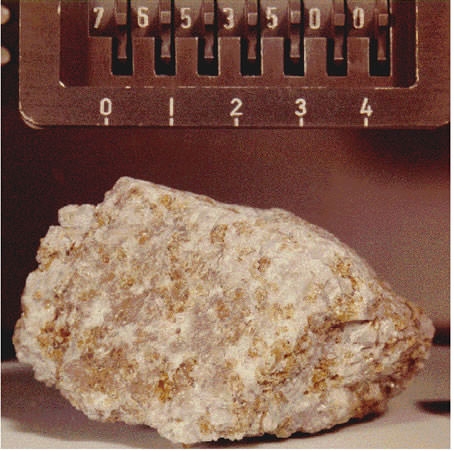[/caption]
When President Kennedy promised America a lunar landing in 1961, he effectively set the Moon as the finish line in the space race. In the wake of his speech, NASA began scrambling to find a way to reach the Moon in advance of the Soviet Union, which at the time held a commanding lead in space. Apollo, already on the drawing board as an Earth orbiting program, was revised to reflect the lunar goal and Gemini was established as the interim program.
The pieces were in place; all NASA needed was a way to get to the Moon. Against this pressing background, two men proposed a desperate and direct mission to get an American on the Moon as quickly as possible.
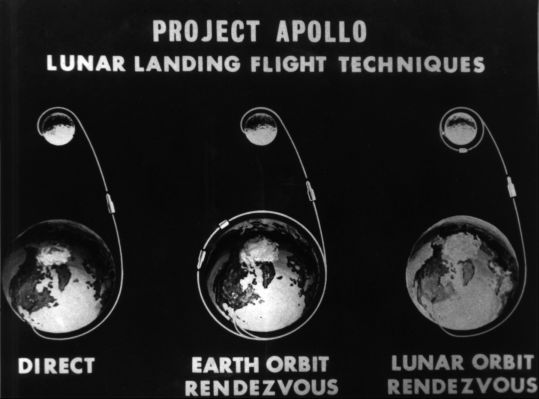
The proposal came from two Bell Aerosystems Company employees. John M. Cord was a Project Engineer in the Advanced Design Division and Leonard M. Seale was a psychologist in charge of the Human Factors Division. At the Institute of Aerospace Sciences in Los Angeles in 1962, the pair unveiled their “One-Way Manned Space Mission” proposal.
The plan called for a one-man spacecraft to follow a direct ascent path to the Moon. Ten feet wide and seven feet tall, the empty spacecraft weighed less than half the much smaller Mercury capsule. Inside, the astronaut would have enough water for 12 days, oxygen for 18 with a 12-day emergency reserve, a battery-powered suit and backpack, and all the tools and medical supplies he might need.
He would land on the Moon after a two-and-a-half day trip and have just under ten days to set up his habitat. As part of his payload, the astronaut would arrive with four cargo modules with pre-installed life support systems and a nuclear reactor to generate electrical power. Two mated modules would become his primary living quarters, while the others placed in caves or buried in rubble — a feature Cord and Seale assumed would dominate the lunar landscape — would provide a shelter from solar storms.
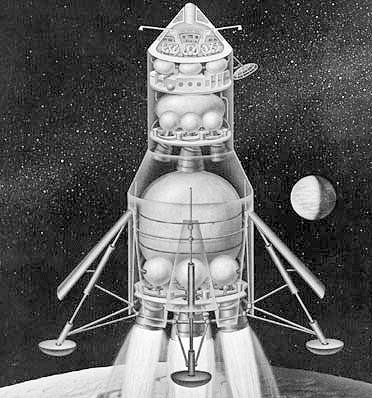
With his temporary home set up, he would wait a little over two years for another mission to come and collect him. Cord and Seale estimated that this mission could be launched as early as 1965, a year of expected minimal solar activity. Larger launch vehicles capable of sending the three-man Apollo spacecraft would be ready by 1967. The one-way spaceman would have a long but finite stay on the Moon.
This proposal was incredibly practical. Since the astronaut wouldn’t be launching from the lunar surface, he wouldn’t need to carry the necessary propellant. Since he would return to Earth in another spacecraft, his own spacecraft wouldn’t need a heavy heat shield or parachutes. The one-way mission was a light and efficient proposal.
But it was also dangerous. The proposal didn’t include any redundancies; the direct ascent path gave the astronaut no chance to abort his mission after launch. He would have to deal with any problems that arose knowing he wouldn’t be able to make a quick return home.
Luckily for the possible astronaut the proposal was never seriously considered. In July 1962, a few weeks after the one-way mission was proposed, NASA announced its selection of the more complicated but safer Lunar Orbit Rendezvous (LOR) mode for Apollo missions.
